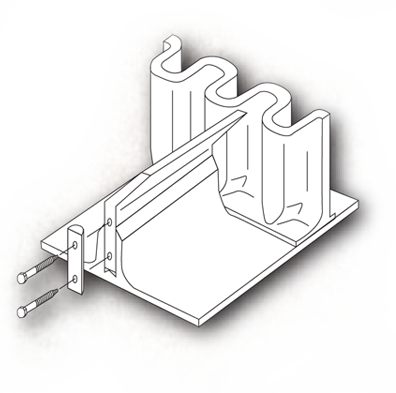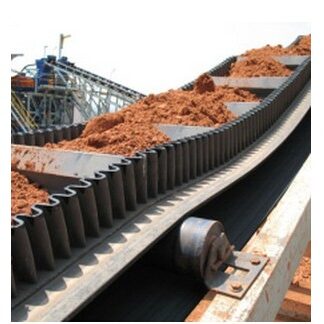
90 Degree vertical Sidewall conveyor belt
Manufacturers produce Vertical Sidewall Corrugated inclined conveyor belt . The Corrugated side wall conveyor belt is composed of a base belt, a rib, and a horizontal partition. The base belt skeleton material is made of polyester-cotton dipped canvas (EP canvas) and a transverse rigid reinforcing layer, and a lateral rigid reinforcing layer is added to the belt body to solve the problem of the collapse of the large-size rib conveyor belt. The ribs prevent material slippage. The effect of the drop is to make it easy to bypass the drum, and the flange is designed to be corrugated. The function of the diaphragm is to support the material. In order to achieve large angle of inclination, the T-type TC type is used.
Our vertical Sidewall Corrugated inclined conveyor belt have the advanced technology of secondary synchronous low-temperature continuous vulcanization improves the bonding strength and avoids the aging of the base belt due to multiple high-temperature vulcanization.
Adhesion of base belt, ribs and partitions:
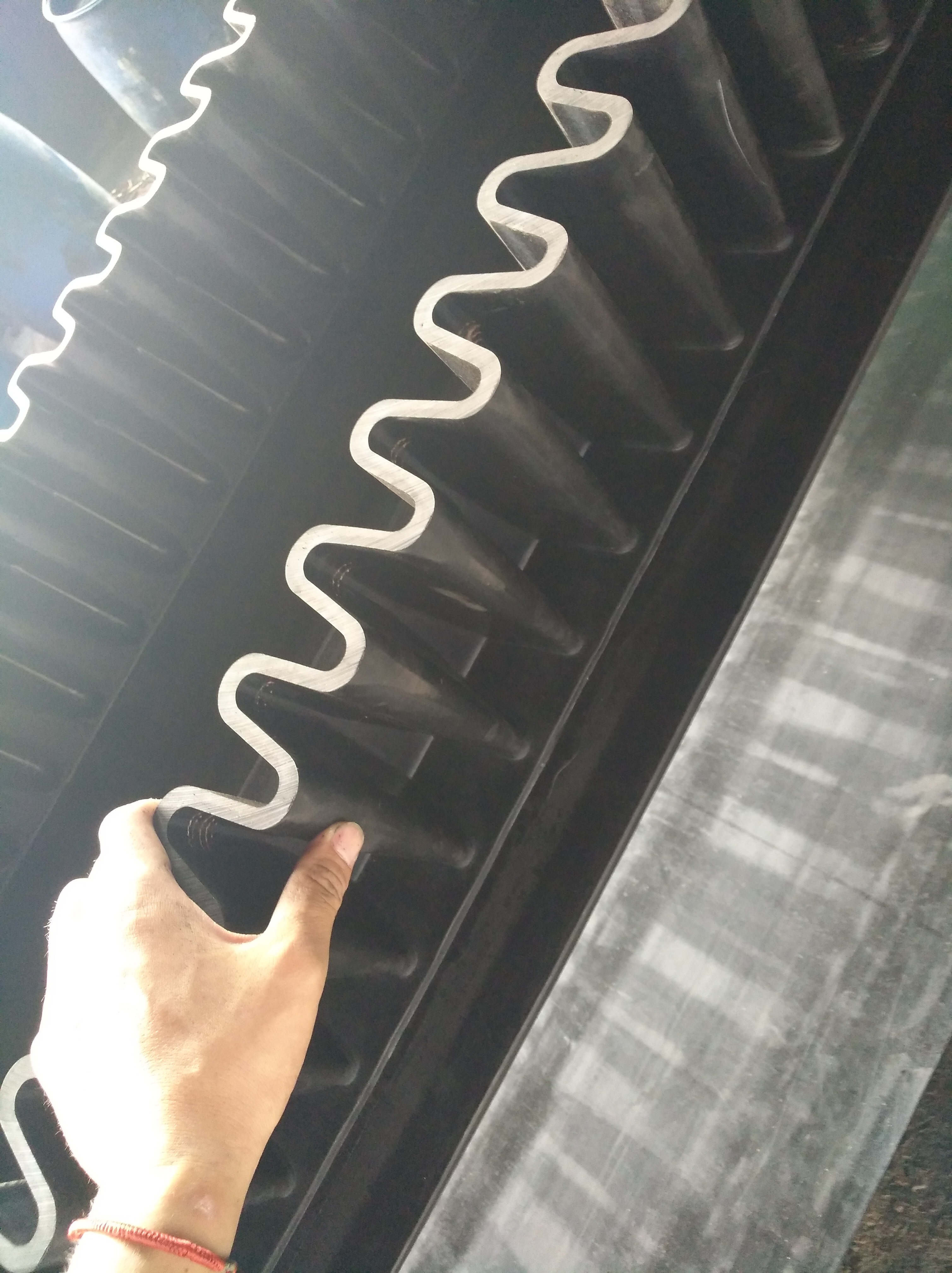
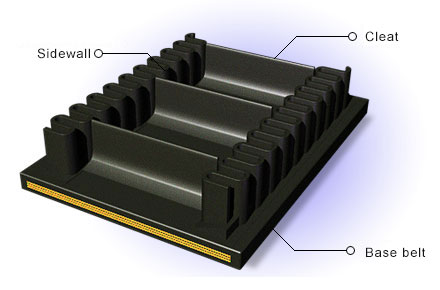
Separator:
The process of mixing rubber and fiber composite material makes the separator have high stiffness, high hardness and enhanced impact resistance, which avoids deformation due to large force. 90 Degree vertical conveyor belt
Basebelt:
The skeleton material is made of polyester-cotton dipped canvas (EP canvas, steel cord core) and transverse rigid reinforcing layer; the lateral rigid reinforcing layer is added in the belt body to solve the collapse problem of the large-size rib conveyor belt.
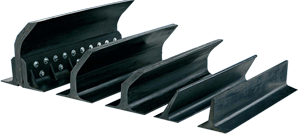
Adhesive:
Adhesive: the Rubber Sidewall Belting rubber cover and the diaphragm are It is connected to the base belt by a secondary vulcanization method and has a high joint strength.
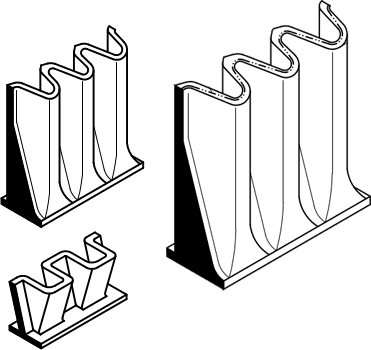
Rib:
According to the function of the rib and the running characteristics of the Steep Incline Conveyor Belts, measures are taken to increase the amount of glue on the rib, and to attach nylon cloth as the skeleton layer inside the rib; to enhance the resistance and tear resistance of the rib. Cracking, increasing the service life of the rib.
